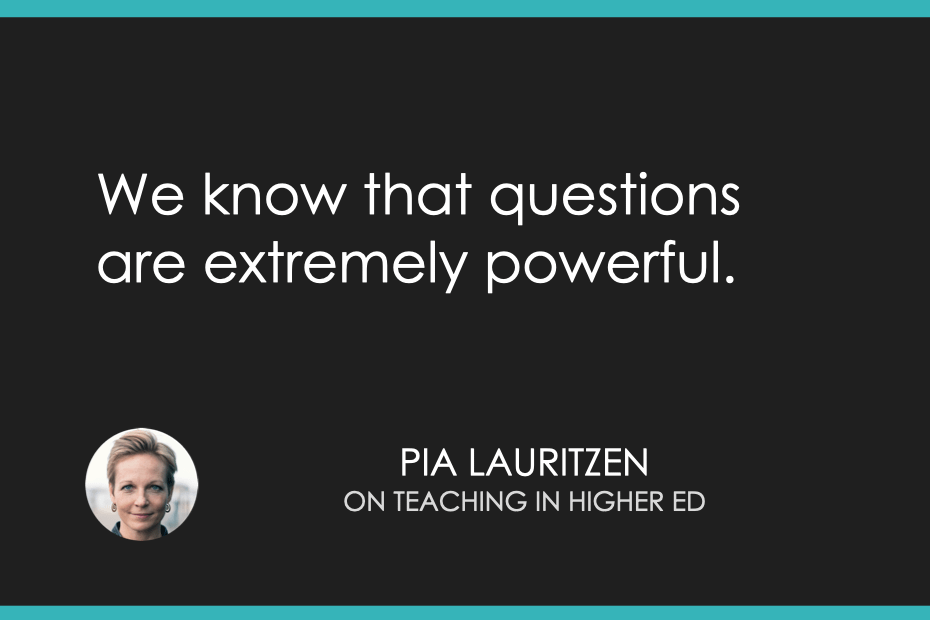
 Teaching in Higher Ed
Teaching in Higher Ed How to Use Questions in New Ways
15 snips
Sep 28, 2023 Pia Lauritzen, an expert on using questions in new ways, discusses the power dynamics of asking questions, relieving the fear of not knowing in a classroom, fostering curiosity with Question Jam tool, embracing the shift from having all the answers, creating a welcoming video, and categorizing questions.
Chapters
Transcript
Episode notes
1 2 3 4 5 6
Introduction
00:00 • 2min
The Power Dynamics of Asking Questions
01:43 • 20min
Exploring the Fear of Not Knowing and the Fear of Silence in a Classroom
21:55 • 2min
Question Jam: Fostering Curiosity and Meaningful Dialogue in the Classroom
24:22 • 5min
Embracing the Shift from Having All the Answers
29:43 • 2min
Creating a Welcoming Video and Categorizing Questions
31:20 • 12min

